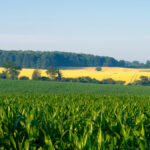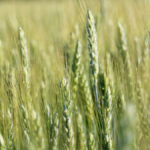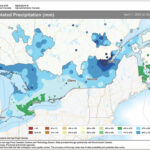
Bumping up wheat production
What record-breaking New Zealand growers do, and what might work here in Ontario

Land prices continue upward trend
Low interest rates, good commodity prices, and non-farm buyers push land values higher across the province

What if I don’t have the right data?
How to manage – and prevent – crop data gaps

Getting answers directly from your plants
More growers investigate exactly what their plants absorb from the field through tissue samples

Demand surges for processing tomatoes
Ontario producers will need to grow more tomatoes to meet 2021 demand

What does Responsible Grain mean in Ontario?
GFO believes sustainability parameters should be voluntary and clear to producers and the general public

Good crop yields all around in 2020: Agricorp
2020 corn and soybean yields were a welcome change across most of Ontario

Startups compete for Canadian Thrive challenge
Seafood traceability software takes top spot

Genetic technologies rooted and ready to sprout
How RNAi and gene editing could impact farms

Trucks roll forward into the digital age
New regulations, but also drive for data create new options for trucks


